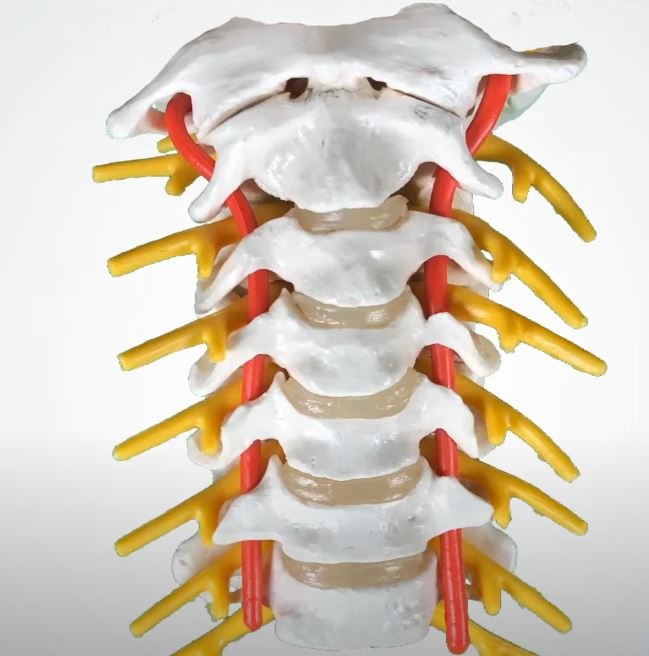- A standard total hip replacement usually takes 1.5 to 2 hours.
- Partial replacements tend to be notably shorter, often lasting under 90 minutes.
- Bilateral (double) replacements may extend to 3–4 hours, depending on complexity.
- Surgical approach (anterior, lateral, posterior) influences operating time, especially in cases involving muscular dissection.
- Patient-specific factors, such as age, weight, and overall health, can significantly affect timing.
- Minimally invasive techniques, when viable, may slightly reduce time but require meticulous precision.
- Time in the recovery room generally lasts 2–3 hours, with vital signs closely monitored.
- Hospital stays typically range from one to two days, though same-day discharges are increasingly possible.
- Postoperative rehabilitation spans several weeks, with full recovery taking 6–12 weeks depending on patient dedication and physiotherapy participation.
- For verified clinical guidance, refer to Johns Hopkins Medicine – Hip Replacement Surgery.
During the hip replacement preparation process, surgeons must navigate a highly coordinated routine that is both remarkably efficient and delicately responsive to variables that change minute by minute. A complete replacement usually takes just under two hours, which seems incredibly quick given the delicate balancing act of cutting, replacing, and reconstructing. However, the length of time spent on the table depends on a number of factors, including the patient’s anatomy, any joint damage that may already exist, and the strategic choices made prior to the initial incision.
Using cutting-edge imaging and contemporary diagnostics, surgical teams tailor each procedure to the patient. For example, a young athlete coping with joint damage from an injury is not the same as a patient with osteoporosis. The process may take much longer for elderly patients with severe degeneration, especially if additional reinforcement or bone reshaping are required.
Due to its significantly better recovery results, minimally invasive hip surgery has become more and more popular during the last ten years. The true benefit occurs after the procedure—less tissue damage, less bleeding, and shorter hospital stays—even though the operation time may only be slightly shorter. However, these methods are not suitable for everyone and call for highly qualified surgeons. Traditional approaches may still be more beneficial for patients who are obese, have complicated hip anatomy, or have significant joint damage.
The surgical technique itself is also important. While posterior and lateral techniques, albeit a little more invasive, provide more flexibility in accessing the joint, anterior procedures, in which the surgeon enters through the front of the hip, can be especially helpful for minimizing muscle damage. Surgeons frequently base their decisions on the patient’s medical history and bone structure, as each approach has trade-offs.
Celebrities have been candidly discussing their hip surgery experiences, bringing the procedure into the public eye in recent months. For instance, Jane Fonda talked about how having hip surgery rekindled her enthusiasm on set in addition to restoring her mobility. Even more remarkable was Andy Murray’s case, who returned to competitive tennis following a resurfacing procedure, igniting a global discussion about the advancements in orthopedic medicine.
It’s interesting to note that more patients are choosing to have hip replacements earlier in life. It was once thought of as a late-stage pain relief option, but today it’s seen as a proactive way to keep an active lifestyle. In this situation, the length of the surgery becomes a measure of patient expectations as well as medical effectiveness. Surgeons are under pressure to improve both speed and precision as more patients seek quicker, safer, and more durable results.
Almost immediately following the procedure, the recovery process begins. Under supervision, patients are frequently encouraged to start walking that same day. Although it may seem sudden to go from a hospital bed to walking down the hallway, early mobility is crucial to preventing problems like blood clots and muscle atrophy. Getting patients safely on their feet, both literally and figuratively, as quickly as possible is the aim.
The physical therapy regimen that follows is meticulously planned and frequently tailored to the individual’s mobility objectives. For one patient, success might mean being able to play golf again in two months; for another, it could mean just being able to climb stairs pain-free. The patient’s attitude and daily involvement in their recuperation are just as important as the timing of the surgery.
The growing availability of hip replacements has significantly changed orthopedic care from a larger social perspective. The time from injury to recovery has decreased as hospital systems adopt outpatient models and technology enhances surgical predictability. As always, however, preparation, accuracy, and collaboration—between the surgeon and the patient, between time and recovery—are the keys to success.






